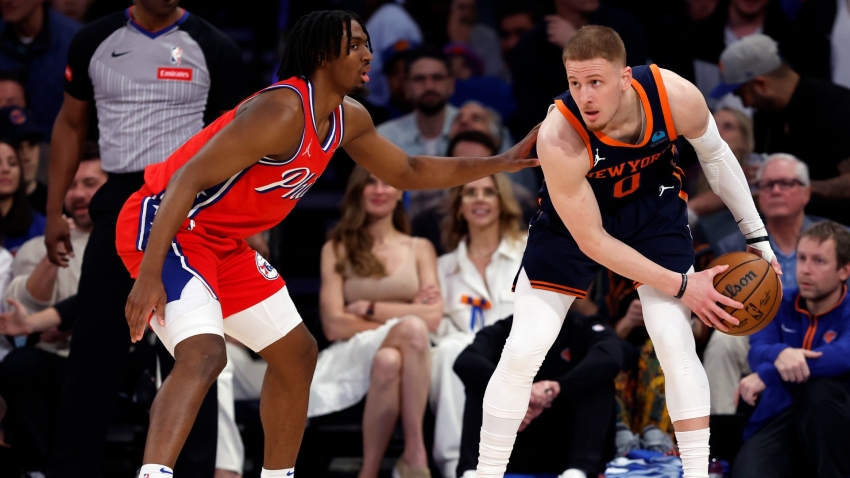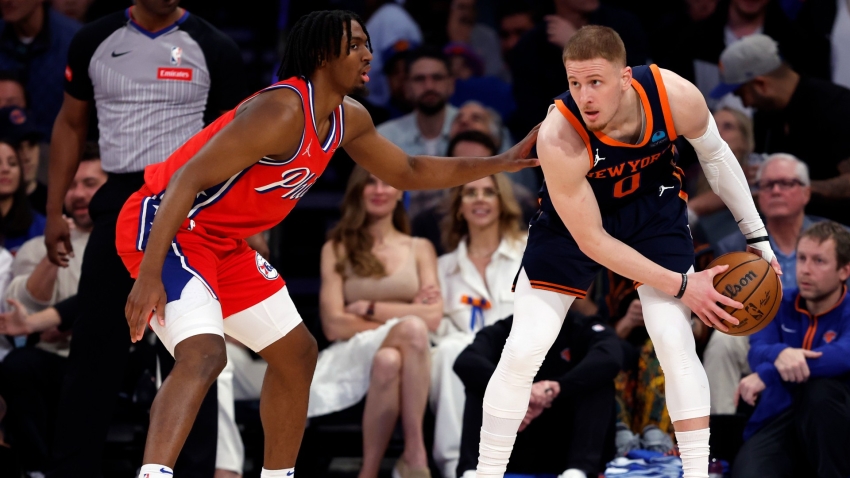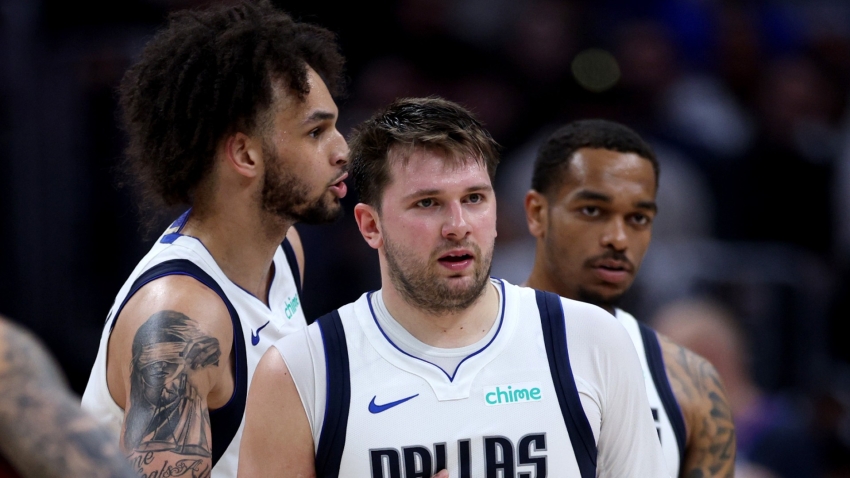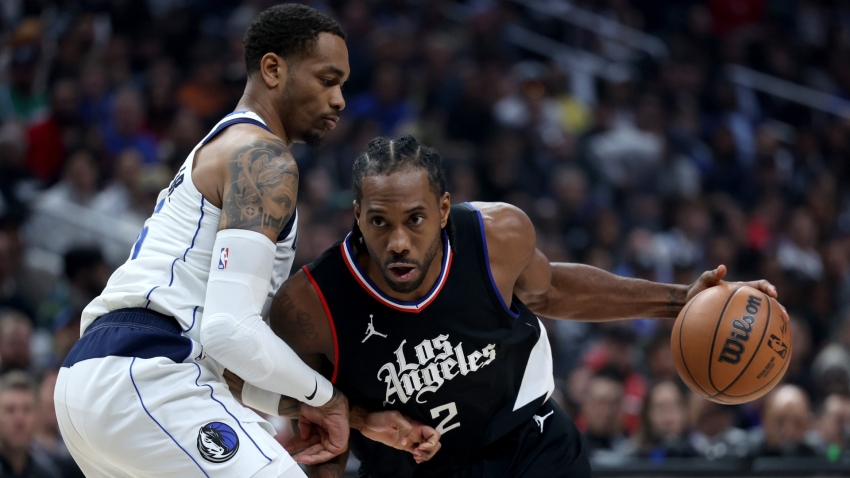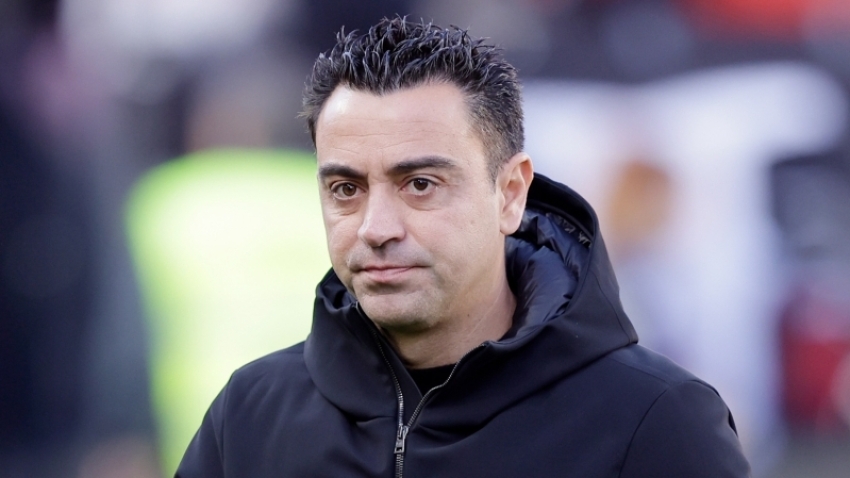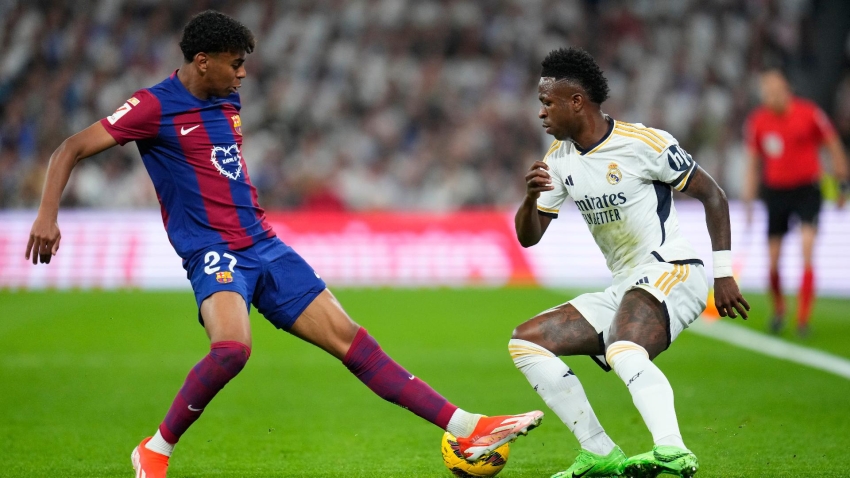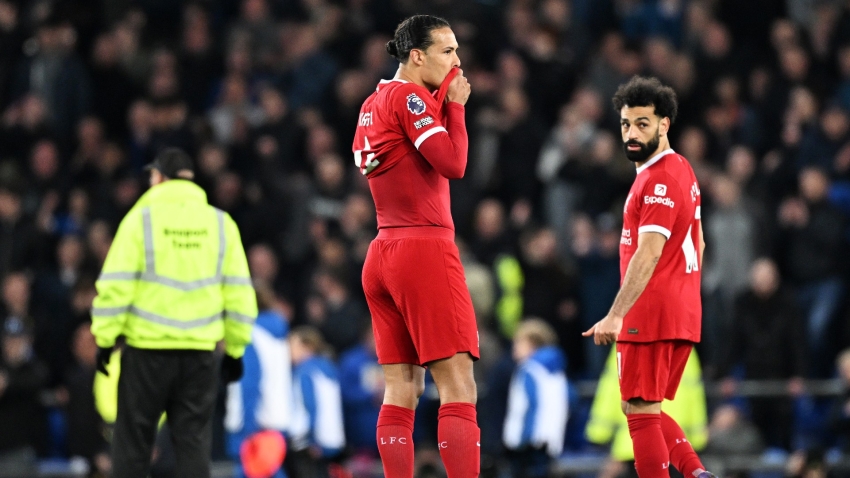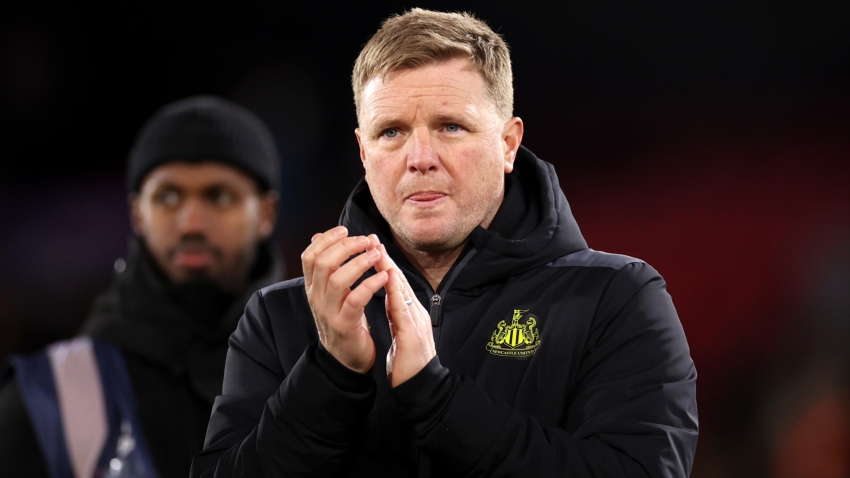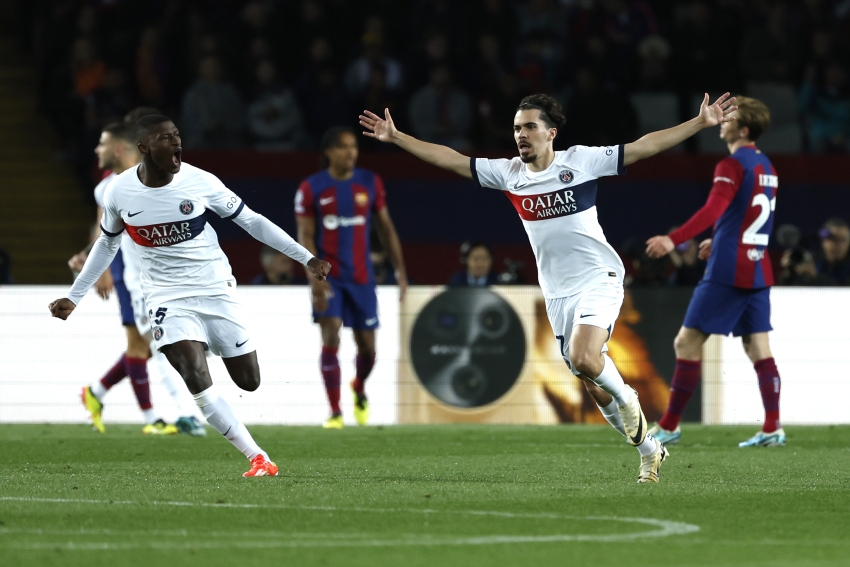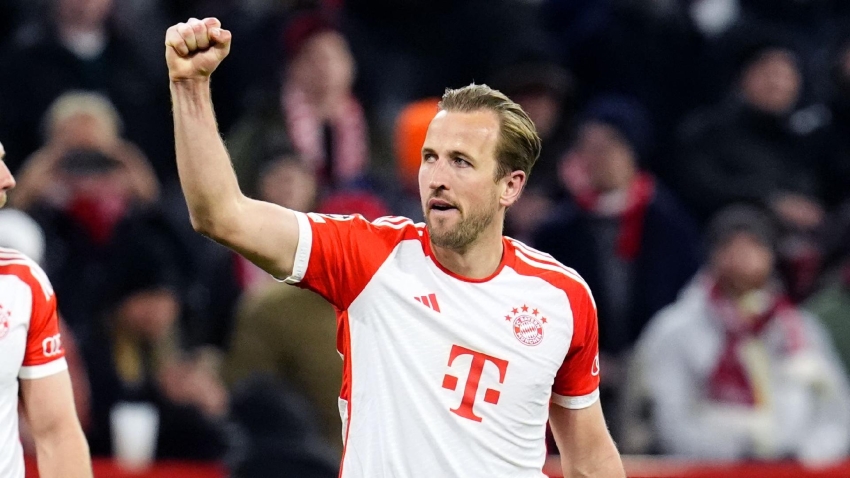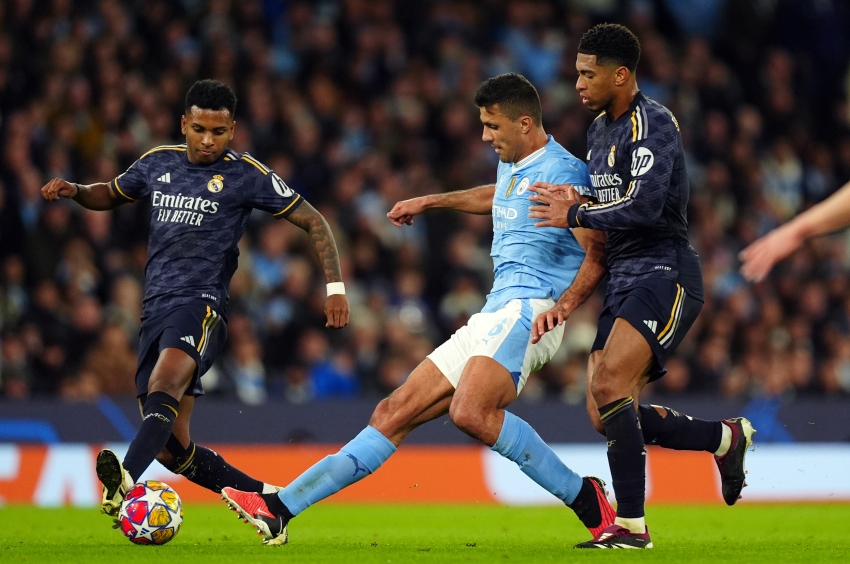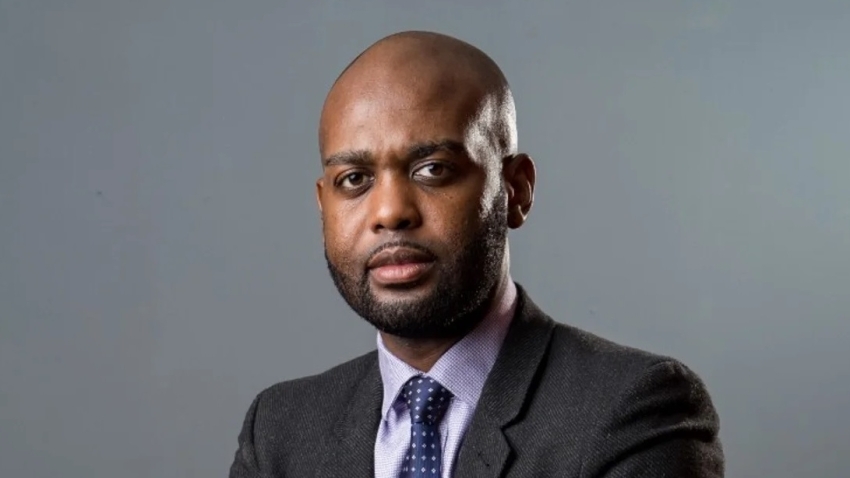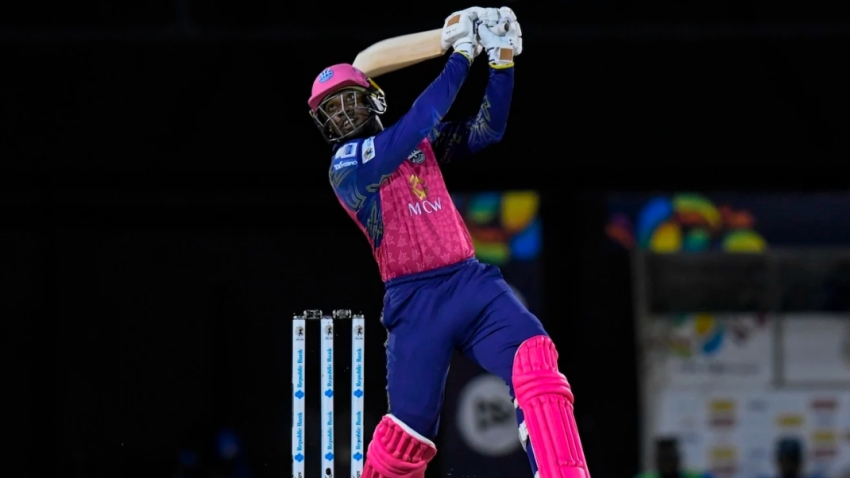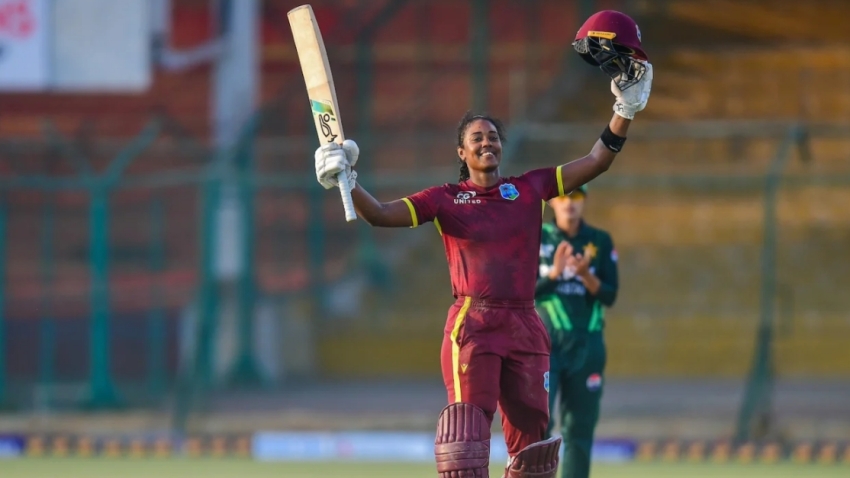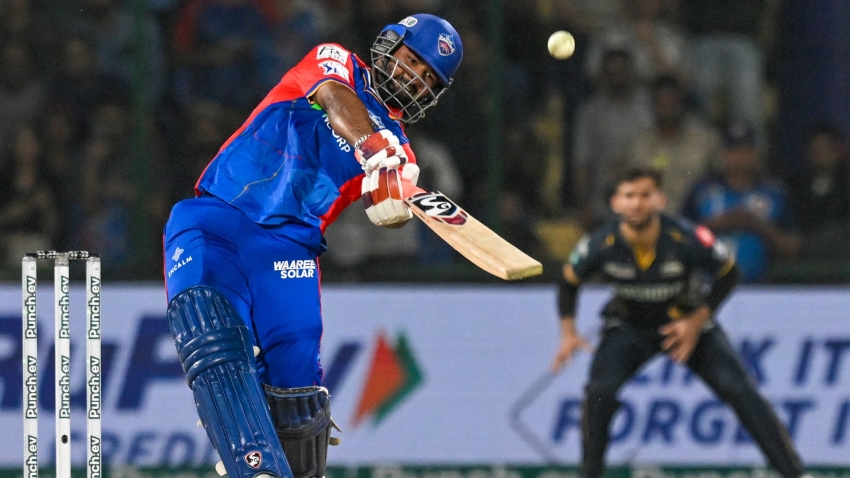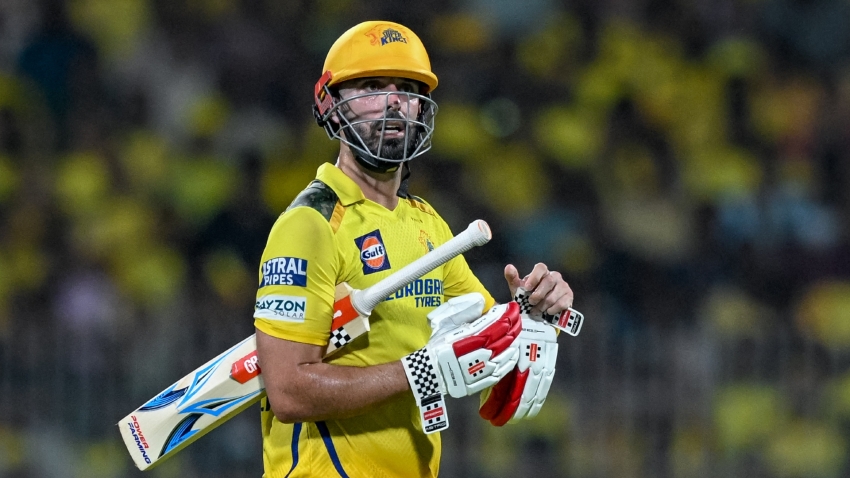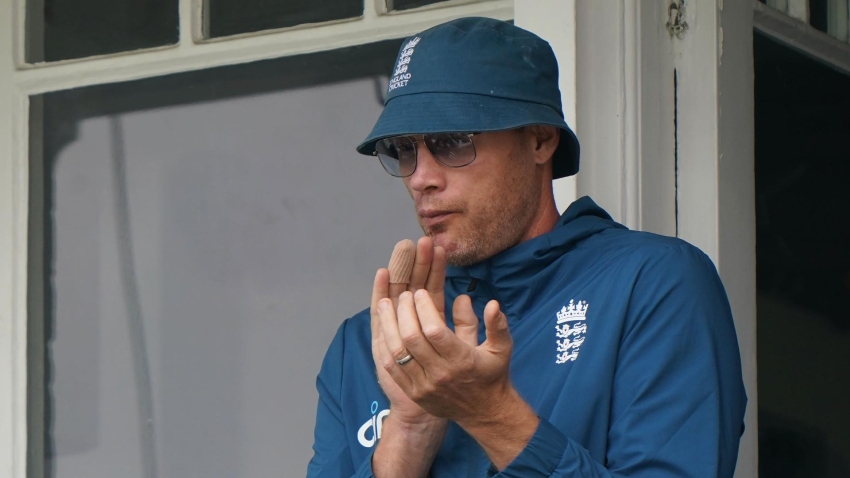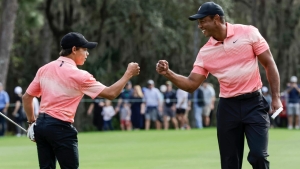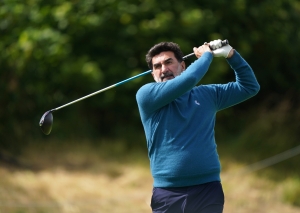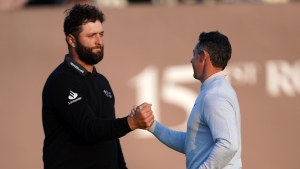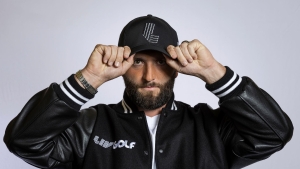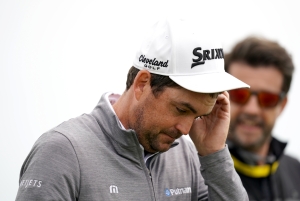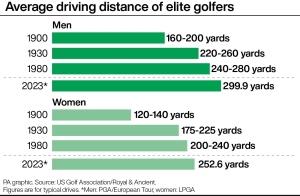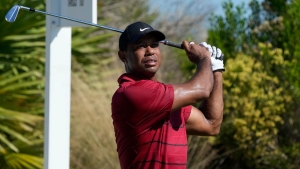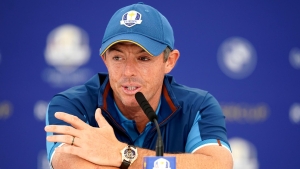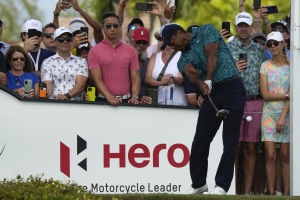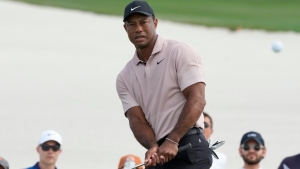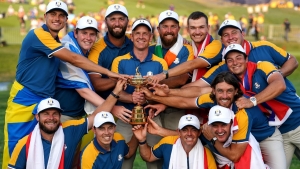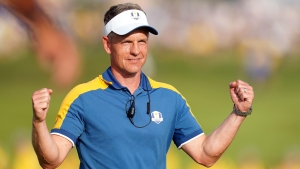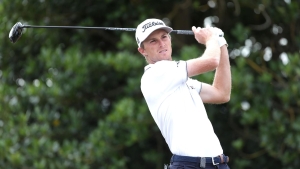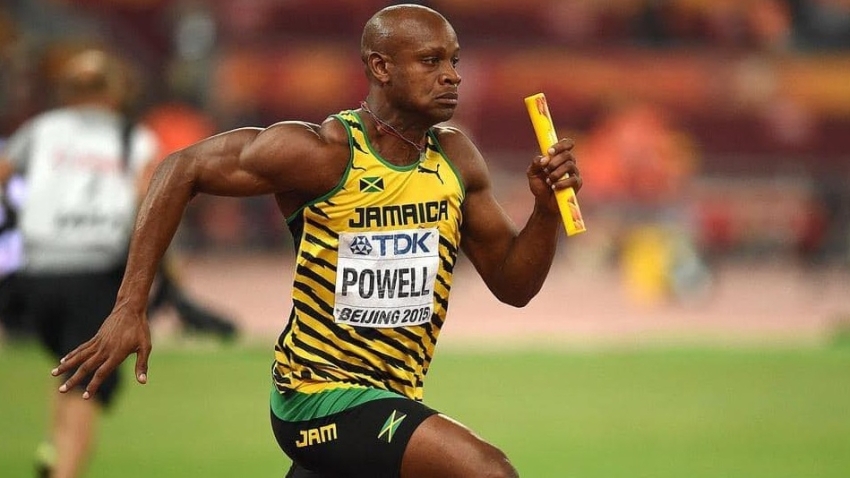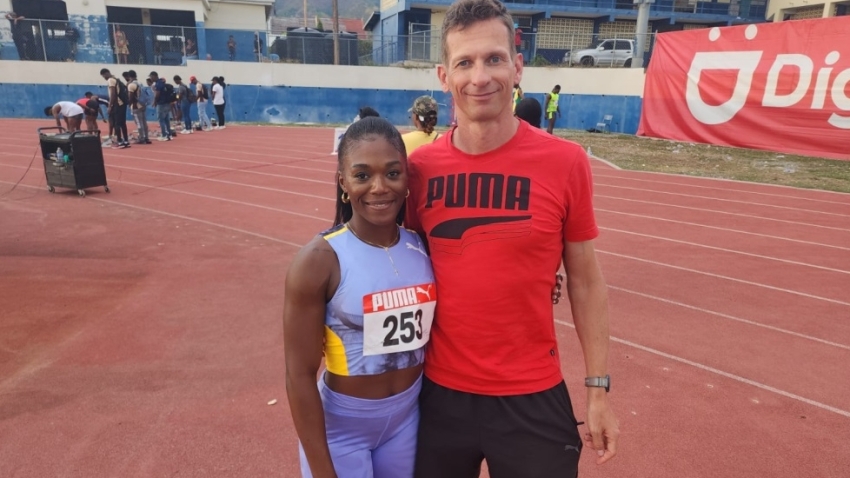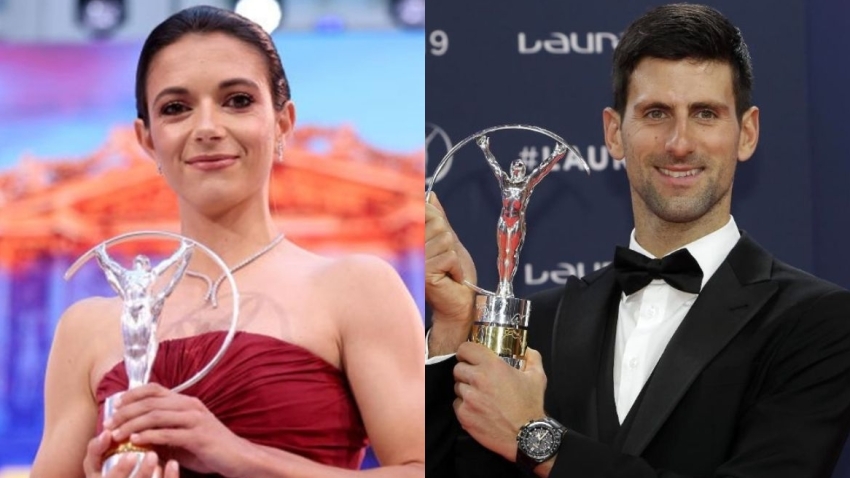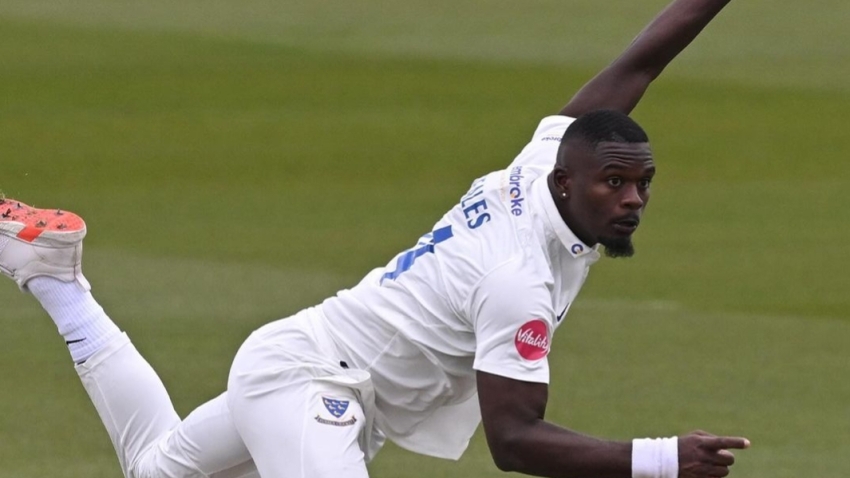Golf’s governing bodies insist a new rule change to reduce the distance balls travel is “proportionate” and will have “minimal” impact on recreational players.
The R&A and USGA had previously proposed a Model Local Rule (MLR) to give elite tournaments the option to require the use of balls which would travel around 15 yards less.
R&A chief executive Martin Slumbers and USGA counterpart Mike Whan confirmed that the MLR would apply in their own events, most notably the Open Championship and US Open, respectively.
Rory McIlroy and Tiger Woods supported the proposal but it was opposed by the PGA Tour and PGA of America and strongly criticised by top equipment manufacturing company Acushnet and the likes of Justin Thomas, who plays their market-leading Titleist balls.
In response to what Slumbers termed “pretty much no support” for the MLR, the R&A and USGA are now revising the speed at which balls are tested, which will effectively make current versions non-conforming.
The change will apply at the elite level from 2028, but also for recreational players from 2030.
Keegan Bradley said during last week’s Hero World Challenge that he had already tested a potential version of the new ball and claimed it was 40 to 50 yards shorter with his driver, labelling it “monstrous” that amateur players would be impacted by the new rule.
However, Slumbers told the PA news agency that such “emotional numbers” were completely inaccurate as he outlined the rationale behind the change.
“Having had pretty much no support for an MLR, we thought how can we best achieve our objectives, which is bringing back a little bit more skill in the game, slowing down hitting distance and our environmental sustainability concerns, without a tremendous impact on the recreational game,” Slumbers said.
“We can do nothing, we can bifurcate the game – which was the MLR – or change the game for everybody. We always said that doing nothing was not an option.”
The clubhead speed at which balls are tested will rise from 120mph, which was implemented in 2004, to 125mph, while the distance limit remains at 317 yards, plus three yards of tolerance.
“Over the last six months we’ve had quite a lot of golf balls sent to us that could have conformed with the MLR so we’ve been able to test and understand how a ball at the fastest clubhead speeds would perform with the different rule,” Slumbers added.
“The impact on the game is as follows: For the fastest swing speeds it will be 13-15 yards, for the average Tour speed nine to 11 yards and for the average recreational player less than five yards.
“We also know that as the clubs get shorter, the impact will tend towards zero because the clubhead speed drops.
“We do think it is proportionate and it is targeted and the impact to the recreational game is minimal and certainly not the emotional numbers that have been discussed in recent days.”
Reaction to the change is certain to be mixed, but Slumbers gave short shrift to any suggestion of further “notice and comment” periods.
“This is a rule change, a change to the rules of golf equipment standards,” added Slumbers, who conceded that the PGA Tour and PGA of America would have preferred the status quo.
“There is a process that we agreed with all the industry and we followed that diligently.
“It’s taken five years to get to this point and we have listened, but we feel we’ve got to the end of that process and the reality is that the rule change doesn’t come into effect into January 2028.
“This is a significant period of time and we have given more, as we were previously talking about 2026.
“Governance is not easy, but our responsibility is to look to the future and make sure the game is appropriately structured for the long term and we believe this rule change is part of that.
“I think it’s an important moment for the game and it’s a positive moment for the game.”
In addition, the governing bodies will monitor how drivers can become non-confirming through regular use and research how the clubs perform with off-centre hits.
The PGA Tour and PGA of America both gave a qualified welcome to the news while also expressing opposition to the increase in test clubhead speed.
“Throughout the process we have provided feedback to the USGA and The R&A and are pleased to see a number of our recommendations reflected in this most recent announcement,” the PGA Tour said in a statement.
“However, we believe the proposed increase in test clubhead speed to 125mph is disproportional to the rate of increase we see when analysing PGA Tour radar data.
“In conjunction with guidance from the Player Advisory Council, Player Directors and Policy Board, we will continue to share our feedback with the USGA and The R&A.”


